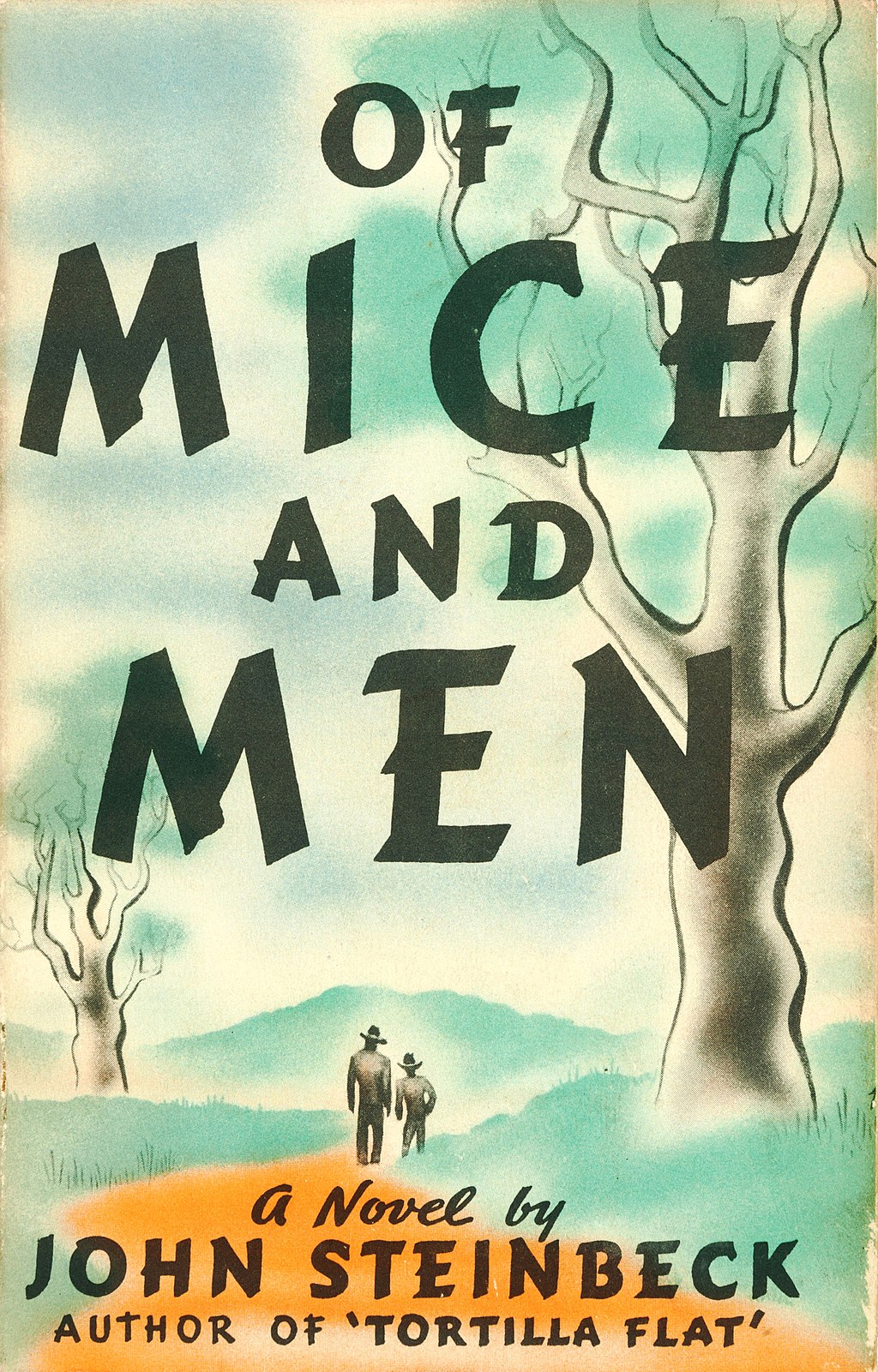“Of Mice and Men” is one of those literary masterpieces that transcends time, evoking profound emotions and sentiments that resonate with readers across generations. Written by John Steinbeck, this novella unfolds against the backdrop of the Great Depression, a period characterized by economic despair, disillusionment, and the relentless pursuit of the American Dream. The tale intertwines the lives of two itinerant workers, George Milton and Lennie Small, whose camaraderie and aspirations paint a poignant picture of friendship, loneliness, and the quest for belonging.
One of the most common observations regarding “Of Mice and Men” is its exploration of friendship in an unforgiving world. George and Lennie’s relationship is emblematic of loyalty and sacrifice. George, the more intelligent and pragmatic of the duo, takes on the responsibility of caring for Lennie, who, despite his enormous physical strength, suffers from intellectual disabilities. Their bond is intricate; it exemplifies a profound brotherhood that defies the societal norms of the time. Readers often find themselves captivated by the juxtaposition of George’s realistic outlook on life and Lennie’s childlike optimism. However, beneath this camaraderie lurks a harsh truth—a truth that hints at the fragility of their dreams and the inherent solitude that besets those who yearn for connection.
Throughout the novella, Steinbeck invites us to probe deeper into the reasons for our fascination with George and Lennie’s plight. On the surface, their dream of owning a piece of land represents a universal yearning for independence and stability, a concept ingrained in the American ethos. Yet, it simultaneously sheds light on the disillusionment of the era. Hope is a fickle companion for the disenfranchised, and Steinbeck masterfully illustrates its elusiveness through the characters’ aspirations. George and Lennie’s dream is more than mere fantasy; it embodies an ideal that seems perpetually out of reach for the disenfranchised, a poignant commentary on the societal conditions that crush the spirit.
Moreover, the character of Lennie serves as a poignant representation of innocence amid the brutality of life. His childlike demeanor, contrasted with his overwhelming physical strength, creates a tragic irony. Lennie longs for compassion, understanding, and a world where he can thrive without fear of hurting others. His fixation on petting soft things—a symbol of this innocence—culminates in tragedy, revealing how those with pure intentions are often caught in a web of circumstances beyond their control. This dynamic compels readers to consider the societal structures that marginalize the vulnerable, a reflection of Steinbeck’s own commentary on humanity’s capacity for cruelty.
Another significant layer of this novella is its portrayal of loneliness, a theme that resonates deeply throughout the narrative. Each character we encounter grapples with their own isolation—Crooks, the African American stable hand, faces both physical and societal segregation; Curley’s wife embodies the despair of a woman trapped in a loveless marriage, longing for connection; even George, despite his companionship with Lennie, feels the weight of solitude. Steinbeck’s astute observation of these individual struggles prompts readers to reflect on the pervasive nature of loneliness, questioning the very fabric of human relationships. Are we not all, to some degree, solitary beings seeking companionship in a world that often overlooks our existence?
Steinbeck’s lyrical prose heightens the emotional impact of these themes, engaging readers in a contemplative dialogue about fate and free will. The culmination of the narrative is both heartbreaking and thought-provoking. As George is faced with an impossible choice, readers are left to grapple with the ethical implications of his decision. Is it an act of mercy or a betrayal of their dreams? This moral quandary elevates the novella into a realm of philosophical inquiry, allowing readers to ponder the nature of love, loyalty, and the often-painful realities of existence.
As we dissect Steinbeck’s masterwork, it becomes increasingly clear why “Of Mice and Men” continues to enchant audiences today. The novella encapsulates the universal struggle for identity and connection within a harsh and often unforgiving world. Its characters, rife with flaws and aspirations, mirror the complexities of human nature, prompting introspection about our own lives and relationships. In a society that celebrates individualism, Steinbeck’s narrative serves as a poignant reminder of our shared humanity and the intricate, often tumultuous, tapestry of connections that we weave.
In conclusion, “Of Mice and Men” is not merely a story about two men striving for a better life amidst the gloom of the Great Depression; it encapsulates timeless themes that resonate profoundly with the human experience. Friendship, loneliness, dreams, and the ever-elusive quest for belonging are intricately interwoven into its narrative fabric, making it a compelling read that beckons reflection long after the final page has been turned. Its ability to illuminate the deeper facets of human existence, while offering a commentary on the societal constructs of its time, solidifies its place as a cornerstone of American literature—a poignant exploration of what it means to be human in an often dehumanizing world.
